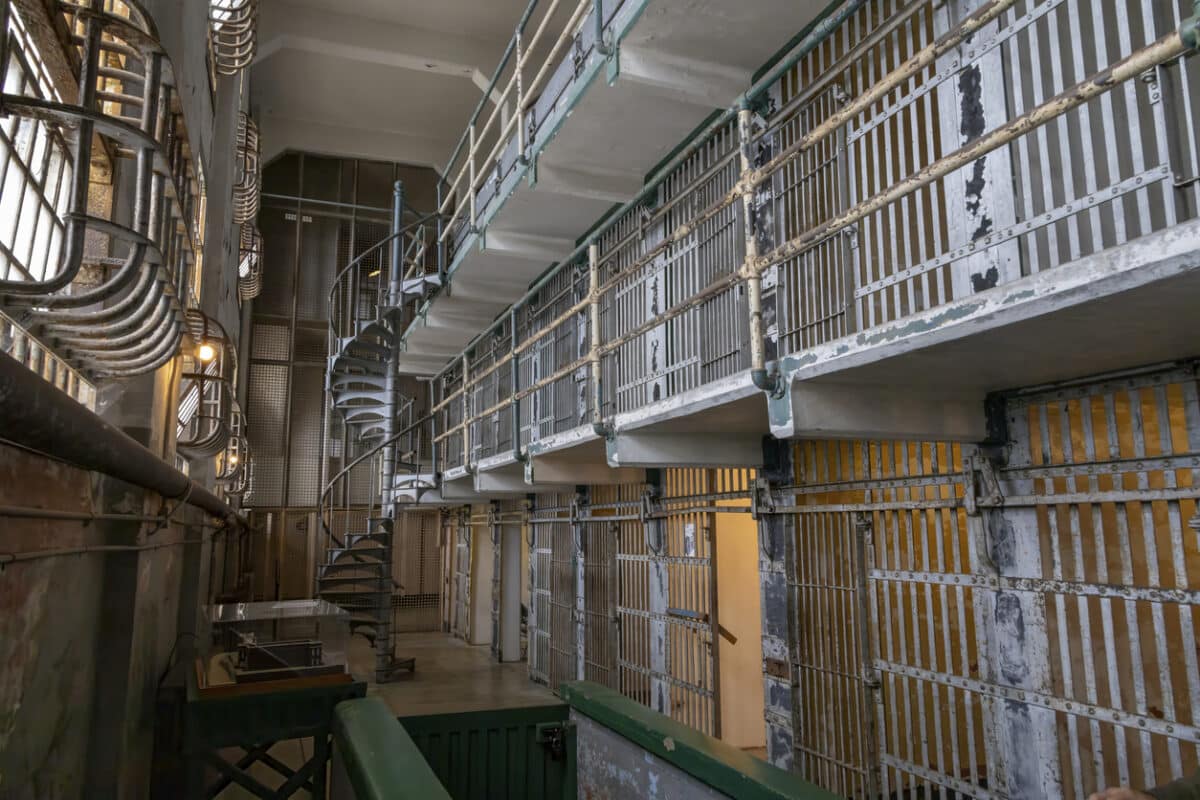From Mail to Legal Calls, BOP Bends Rules to Block Prisoner Communication
The BOP is increasingly deviating from policy, the Code of Federal Regulations (CFR) and even its own past practices in its obstruction of inmate communication, even with their lawyers.
These growing restrictions have been subtle and incremental, but systemic. The significant delays in mail delivery were initially attributed to the introduction of contraband, such as suboxone and K-2. One such incident occurred in August 2024, when a mailroom officer at USP Atwater died after reportedly being exposed to a toxic substance on a letter. That death triggered further restrictions on mail processing at federal prisons across the country.
Although the BOP conducted an official pilot program in which incoming mail is copied, then distributed, it wasn’t institutionalized via law or policy change notices. This lack of clear, written guidelines has resulted in a lack of transparency and inconsistent practices among facilities, usually at a warden’s whim.
And these issues do not just interfere with the mail. Policy and practice deviations impact communication via telephone and email as well. PERA staff members regularly correspond with hundreds of incarcerated people and their family members, as well as attorneys. The frequency of these complaints has noticeably ramped up. What we are hearing:
Delayed and missing postal mail
Postal-service mail (both personal and legal) is delayed weeks or months, and sometimes totally disappears. Mail theft and/or destruction is a crime. When we receive repeated reports about one prison, it is simply too coincidental to think that post offices are losing it. (In the case of our collaborator at More Than Our Crimes, Pam Bailey, none of her letters to her network members at FCI Florence were received!)
When letters are rejected, the CFR requires that both the sender and the recipient be notified (and the correspondence returned). The CFR included in the BOP policy statement titled Correspondence states:
“§540.13 Notification of rejections. When correspondence is rejected, the Warden shall notify the sender in writing of the rejection and the reasons for the rejection. The Warden shall also give notice that the sender may appeal the rejection. The Warden shall also notify an inmate of the rejection of any letter addressed to that inmate, along with the reasons for the rejection and shall notify the inmate of the right to appeal the rejection. The Warden shall return rejected correspondence to the sender unless the correspondence includes plans for or discussion of commission of a crime or evidence of a crime, in which case there is no need to return the correspondence or give notice of the rejection, and the correspondence should be referred to appropriate law enforcement authorities.”
Limits on books
Hard cover books are routinely rejected by most federal prisons, despite being allowed in BOP policy and CFR:
“540.71 Procedures. (a)(1) At all Bureau institutions, an inmate may receive hardcover publications and newspapers only from the publisher, from a book club, or from a bookstore. The sender’s address must be clearly identified on the outside of the package. (2) At medium security, high security, and administrative institutions, an inmate may receive softcover publications (for example, paperback books, newspaper clippings, magazines, and other similar items) only from the publisher, from a book club, or from a bookstore. (3) At minimum security and low security institutions, an inmate may receive softcover publications (other than newspapers) from any source.”
Granted, this policy has not been updated since 2011 (almost all BOP program statements have not been revised in a decade or more), but it is still on the books. And while prisoners tell us staff cite difficulty in checking hardcover books for contraband, there is no logical reason why a few federal prisons can safely receive hardback books while others cannot.
And then there are three prisons (that we know of) that are essentially banning the receipt of books altogether: USP Lee, USP McCreary and FCI Allenwood Medium. From what we hear, inmates can only order books themselves, directly from publishers. It’s a process so unwieldy that the effect is to limit inmates to the books in the prison library.
Obstructed legal communication
Equally concerning is the limitation of legal communication for people involved in post-conviction litigation. A lot of post-conviction litigation has been filed since Covid and over First Step Act violations, and the need for legal communication has drastically increased. Yet inmates and attorneys asking for legal calls are being outright denied and/or asked to prove an imminent court deadline (although that is not required). BOP policy only calls for this limitation when lawyers or their clients make repeated requests in a short period of time:
“The inmate is afforded the opportunity to place an occasional unmonitored call to his or her attorney. Based on these provisions, frequent confidential inmate attorney calls should be allowed only when an inmate demonstrates that communication with his or her attorney by other means is not adequate. For example, when the inmate or the inmate’s attorney can demonstrate an imminent court deadline.”
Note the word “frequent.” However, we’ve heard from people making first requests for a legal call being asked to provide documentation of an imminent deadline! Dig a little deeper, and you’ll see that the CFR within this policy states: “The warden may not apply frequency limitations on inmate telephone calls to attorneys when the inmate demonstrates that communication with attorneys by correspondence, visiting, or normal telephone use is not adequate.” The CFR is a bit archaic, considering its reference to postal-service mail (which is often slow and delayed) and the inference that communication can be accomplished via a personal visit (which assumes the client is in a local facility, instead of 500 or more miles away). Lastly, suggesting “normal” telephone use implies it is appropriate to conduct protected legal communication on a monitored line. That is unacceptable.
Email blocks
There is also an increasing practice of restricting email communication via Corrlinks, with advocacy organizations among the targets. We have received many credible reports of staff intimidating and even retaliating against people who correspond with advocates when they identify/expose staff misconduct, etc. Pam Bailey, our More Than Our Crimes collaborator, filed a lawsuit against the BOP to stop it from blocking such communications and the judge has declined the agency’s effort to have it dismissed. And yet the harassment continues. Recently, three individuals got word to her that they were blocked from adding her to their contact lists, then thrown into the SHU for “investigation.”
All of this is in addition the recent BOP ban on group emails, which effectively puts a stop to newsletters from advocacy and legal-update newsletters.
Just what is the BOP so afraid of?










